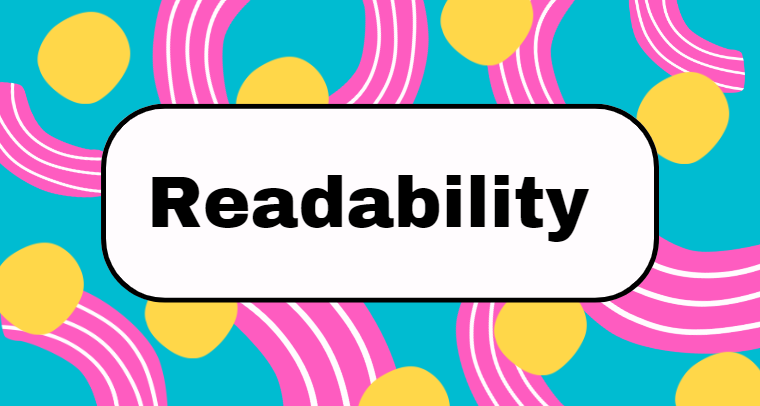When it comes to writing, clarity is essential. You want your readers to easily understand your message and follow your ideas. One way to enhance the readability of your writing is by using linking words, also known as transition words. These small words and phrases can significantly improve how your writing flows and how well your ideas connect.
In this blog post, we’ll explore the importance of linking words and how they can elevate your writing. Whether you’re an experienced writer or just starting out, incorporating linking words into your writing can help you communicate more effectively and engage your audience effortlessly. Let’s dive in and discover the world of linking words!
What Are Linking Words or Transition Words?
Linking words or transition words are words or phrases that connect ideas, sentences, or paragraphs in writing or speech. They help show relationships between different parts of a text, making it easier for the reader to follow the flow of the argument.
Linking words can show contrast, comparison, cause and effect, addition, concession, summarizing, and more. Examples include “however,” “nevertheless,” “in addition,” “therefore,” “consequently,” “furthermore,” “similarly,” “on the other hand,” “in contrast,” and “meanwhile,” among others.
Using linking words effectively makes your writing clearer, more logical, and more persuasive.
How Can Linking Words Improve Readability?
Linking words are essential elements in writing as they serve as bridges that connect ideas and sentences. They improve readability by making the text more coherent, organized, and easy to follow.
Here’s how linking words enhance readability:
- Enhancing the Flow of Ideas: Linking words create a logical sequence, making the text more coherent. Words like “firstly,” “secondly,” and “finally” guide the reader through a sequence of ideas, creating a clear structure.
- Showing Relationships Between Ideas: Transition words like “however,” “nevertheless,” and “in contrast” signal a contrast, while words like “moreover,” “furthermore,” and “in addition” indicate a continuation of ideas.
- Emphasizing Key Points: Linking words can highlight key points. For instance, “indeed” emphasizes importance, while “in fact” indicates the truth of the following information.
- Improving Overall Readability: Transition words help readers stay engaged by creating a well-organized, smoothly flowing text.
Types of Linking Words
Here are some common types of linking words:
- Addition: “and,” “also,” “furthermore,” “in addition.”
- Contrast: “however,” “nevertheless,” “on the other hand,” “yet.”
- Comparison: “similarly,” “likewise,” “in the same way.”
- Cause and Effect: “because,” “since,” “as a result,” “therefore.”
- Time: “first,” “then,” “next,” “afterward,” “finally.”
- Conclusion: “in conclusion,” “therefore,” “as a result.”
- Emphasis: “indeed,” “certainly,” “clearly.”
- Example: “for instance,” “such as,” “including.”
- Sequence: “firstly,” “secondly,” “lastly.”
- Purpose: “in order to,” “for the purpose of,” “so that.”
Strategies for Using Linking Words in Your Writing
To use linking words effectively:
- Use a Variety of Linking Words: Avoid repetition by using different linking words like “however,” “therefore,” “furthermore,” etc.
- Show Relationships Between Ideas: Use words that indicate relationships, such as “due to,” “in contrast,” “likewise,” etc.
- Summarize or Conclude: Use words like “in conclusion,” “to sum up,” “finally,” etc.
- Be Mindful of Tone: Linking words can affect the tone of your writing. Use them appropriately to maintain a positive, neutral, or argumentative tone as needed.
- Use Sparingly: Overuse can make your writing seem forced. Use linking words where necessary for natural flow.
Conclusion
Incorporating linking words into your writing is a simple yet powerful way to improve readability. By using these small words and phrases, you can create smoother transitions and make your ideas easier to follow. Whether writing an academic paper or a blog post, linking words can help you communicate more effectively and engage your audience. Give it a try, and with a bit of practice, you’ll see how linking words can elevate your writing to the next level.
